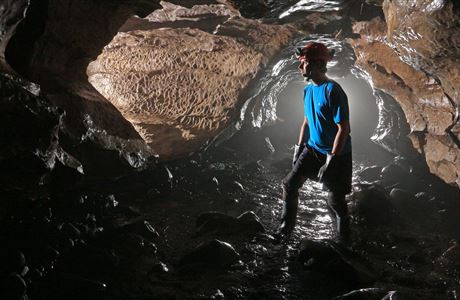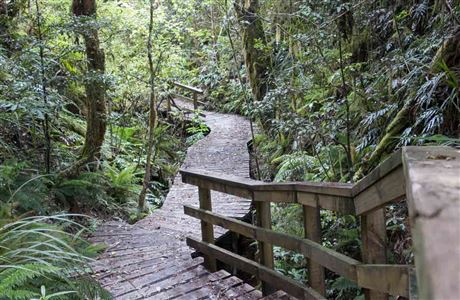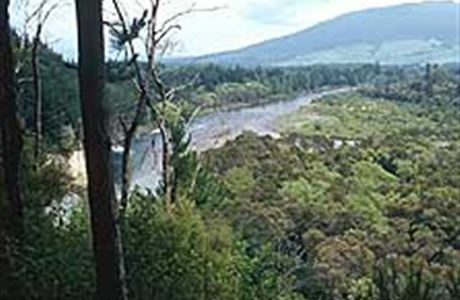Between 1903 and 1978, State Forest 42 supported 43 timber mills. Hundreds of millions of board feet of timber were extracted before a dwindling supply of accessible trees saw the decline of the mills.
In the 1970s and 1980s, the New Zealand Forest Service proposed to have much of the Tongariro Forest converted to farmland and pine plantations.
A strong campaign from local community groups wanting the area preserved as a park for conservation and recreation, as well as protection of the town of Owhango’s water supply catchment, saw all remaining native forest transferred to the Department of Conservation in 1987.
Participating groups in the campaign included Federated Farmers, Royal Forest & Bird Society, Rifle Rod & Gun, the local tramping club, Rotarians, and Borough and County Councils.
Through the kiwi sanctuary, pest and predator control and native regeneration, this is the ‘forest of the future’.
Te Pōrere Redoubt
These 1869 earthwork fortifications (outpost and main redoubt) were built by the Māori warrior Te Kooti and his followers. It was here that the last of the Aotearoa New Zealand land wars were fought.


